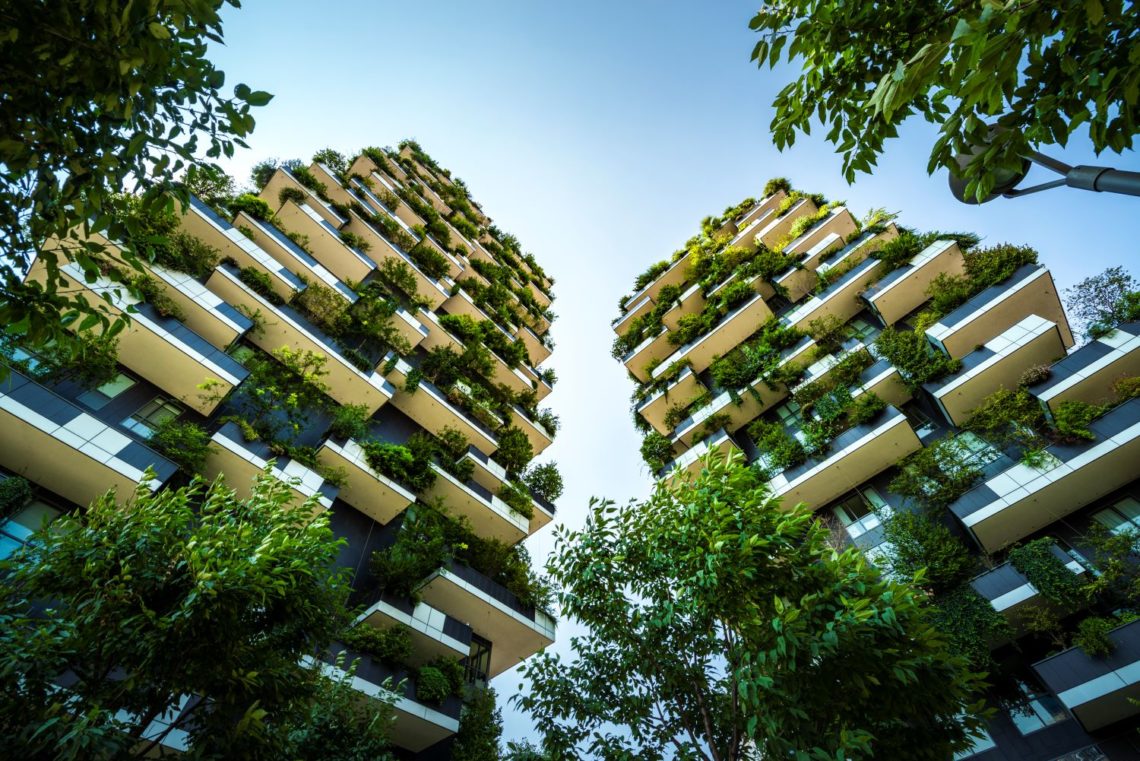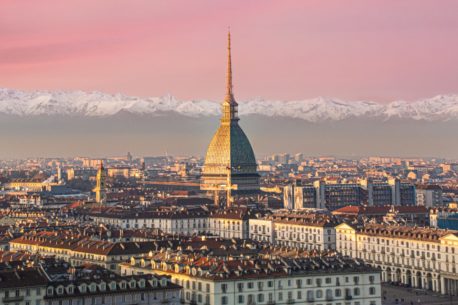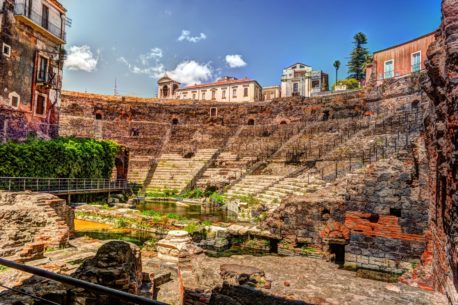

Short Break Milano
After visiting Italy’s beauties, if you might be interested in continuing your trip to Israel please bear in mind that we have a strong partnership with GO ASIA tour operator (https://www.goasia.it/destinazioni/israele/).
MILAN: Fashion, finance, design, luxury, lifestyle, opportunities and glamour: this is Milan’s starter pack, a metropolis which in the last 10 years has been the protagonist of importants structural and architectural changes. Due to this has been defined a cutting edge city not only in Italy, but also in the rest of the world. Milan can be a surprise for the tourist also because it contains ancient palaces and beautiful and unknown courtyard, a great variety of cultural events and different architectural styles from different eras.
Selected for you: HOTEL ROSA GRAND 4*
Milan CityLife: This area comprehends the ancient Fiera Campionaria’s area, which has been moved to Rho-Fiera’s area, leaving behind a 225 square meters urban area totally to reinvent. Many famous architects tried to join this project, for example Arata Isozaki, the designer of the second highest skyscraper in Italy, or Daniel Libeskind and Zaha Hadid, the makers of the new MAXXI Museum in Rome.
Started in 2007, the CityLife’s project does not only wants to creat a new urbanistic with a great visual impact, with its three big skyscrapers, but also wants to create a big park – the third in the middle of the city, after Parco Sempione and Giardini Pubblici – and the largest pedestrian area in Milan to allow citizens to enjoy these new spaces at their best, with leisure and play areas. The three huge skyscrapers, the Dritto, the Storto and the Curvo are applying to be one of the symbols of Milan in the world, just like the already famous Bosco Verticale. Visiting CityLife will let people meet one of the new aspects of Milan, in its constant urbanistic and modern architectural updates, one of the most vanguard cities in Europe.
Cenacolo Vinciano: The Last Supper by Leonardo Da Vinci (also called Cenacolo Vinciano) is one of the most famous paintings in the world. Realized between 1494 and 1498 under the government of Ludovico il Moro, it represents the last dinner between Jesus and his disciples.
To create this unique masterpiece, Leonardo made a deep investigation, creating an infinite number of drawings. Leonardo painted this scene directly on the refectory’s wall, leaving the traditional method of fresco painting. Traces of metallic foils, gold and silver have been found, witnessing the artist’s will to recreate realistic figures with precious details. Technical factors and the environment contribuited to the deterioration of the fresco, which has undergone numerous restorations.
The most recent restoration is from 1999. Various scientific methods were involved to restore the original colors and to remove, where it could be possibile, the traces of paint from the previous restorations.
Leonardo’s Last Supper is in an original position, on the dining room’s wall of the ancient dominican convent next to the church of Santa Maria delle Grazie, exactly on the convent’s refectory. It is one of the most famous and known paints in the world.
Palazzo Reale: Palazzo Reale’s origins are really ancients and its story is intertwined with Milan’s story. From the Sforza family to Napoleon, from the plague to the bombings, many are the personalities and the events which have influenced the structure and the functions of this palace, which can be considered to be a mirror of the powers which governed the city and changed it in the centuries, until it became the most prestigious space for art exhibitions that we know nowadays.
Its first name was Palazzo del Broletto – then called “Vecchio” in order to not confuse it with the Broletto Nuovo.
Heavily hit by the 1943’s bombings, the palace lost a great part of its treasures: entire rooms on the noble floor were destroyed and with them their frescoes, sculptures, friezes and decorations. The furnishings and the furniture were transfered in another site during the war and they did not come back to the palace. The Salone delle Cariatidi’s roof was uncovered, the caryatids were eroded by fires, rain and snows which came next to the bombing. Thanks to the twenty-year recovery and restoration projects, the neoclassical rooms and the 12 rooms of the Appartamento dei Principi came back. Since the fifties the palace is an important site for art exhibition.
Terrazza Martini: It is the most suggestive place to enjoy a priviliged view of the Duomo and the whole city, in the center of Milan, on the top floors of the skyscraper in Piazza Diaz.
It is a protagonist of lifestyle and a symbol of elegance, it is the ideal place for those who want unique experiences in the iconic Martini style (but declined in a contemporary key). It is the perfect setting for an aperitif with a view.
Jew sites: The Central Synagogue of Milan, built in 1892, rebuilt in 1947 and renovated again in 1997, is the main place of worship of the Jewish community of Milan. Since 1993 it has taken the name of Hechal David u-Mordechai Central Temple. It is located in Via Guastalla 19. During the Second World War, the Jews of the city and of the surrounding areas were deported to concentration camps by trains, which departed from this specific track.
Tariff per person, starting from:
| Departure | minimum 2 people | minimum 4 people | minimum 6 people |
|---|---|---|---|
| Double | Double | Double | |
| From 1 January 2023 to 31 December 2023 | € 2,400 | € 1,680 | € 1,440 |
Notes
The tariff includes
The tariff does not include

Turin has the third largest Jewish community in Italy after Rome and Milan. It is the capital city of the northwestern region of Piedmont, the one with the highest number of Jewish heritage sites in Italy nowadays all administratively dependent from the Turin community. Turin was also the seat of the Italian Savoia royal family. […]

This city, laying on one side along the Ionian sea and the other side at the bottom of the Etna vulcano, the highest active vulcano in Europe, has, in the midst of its beautifull historic down town area also a “Giudecca” (easy to understand the ethimological origin of this word), as the ghetto areas were […]